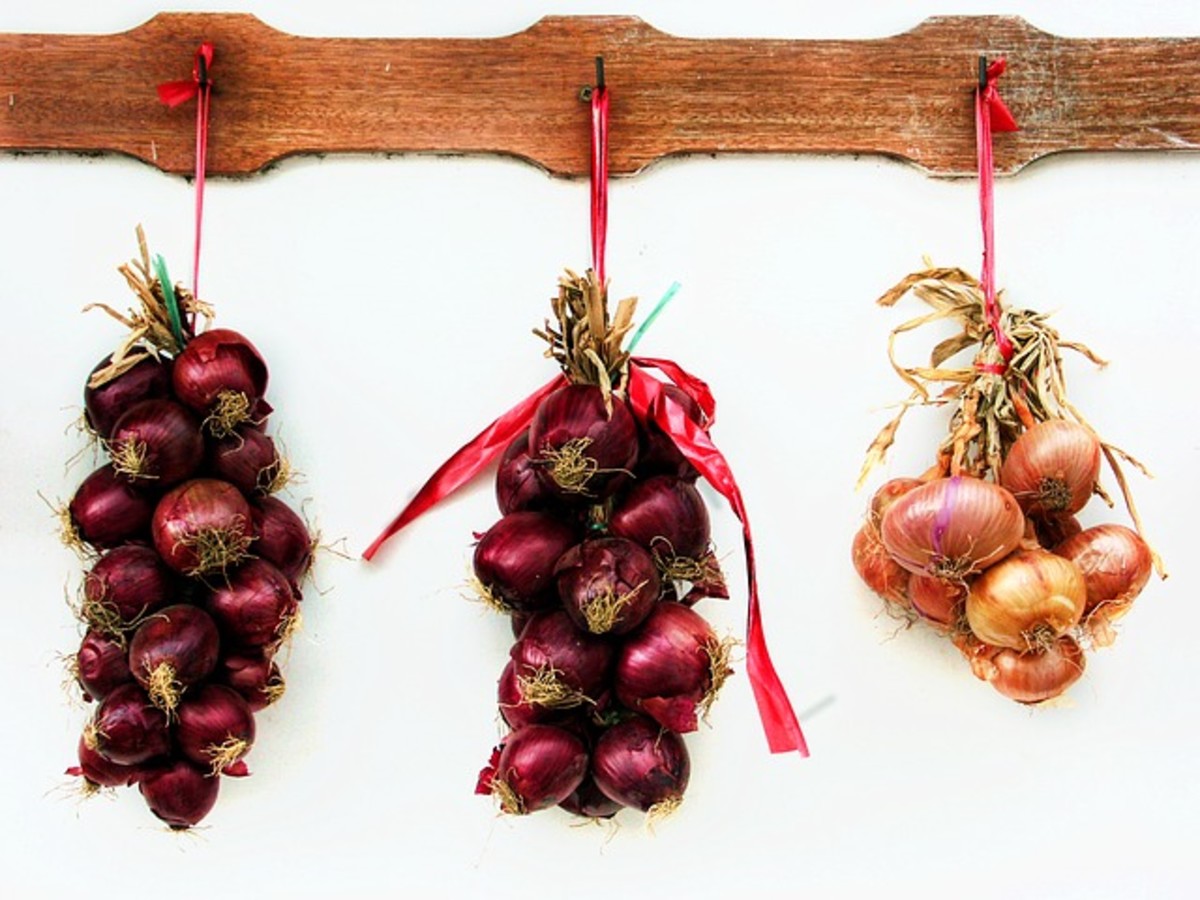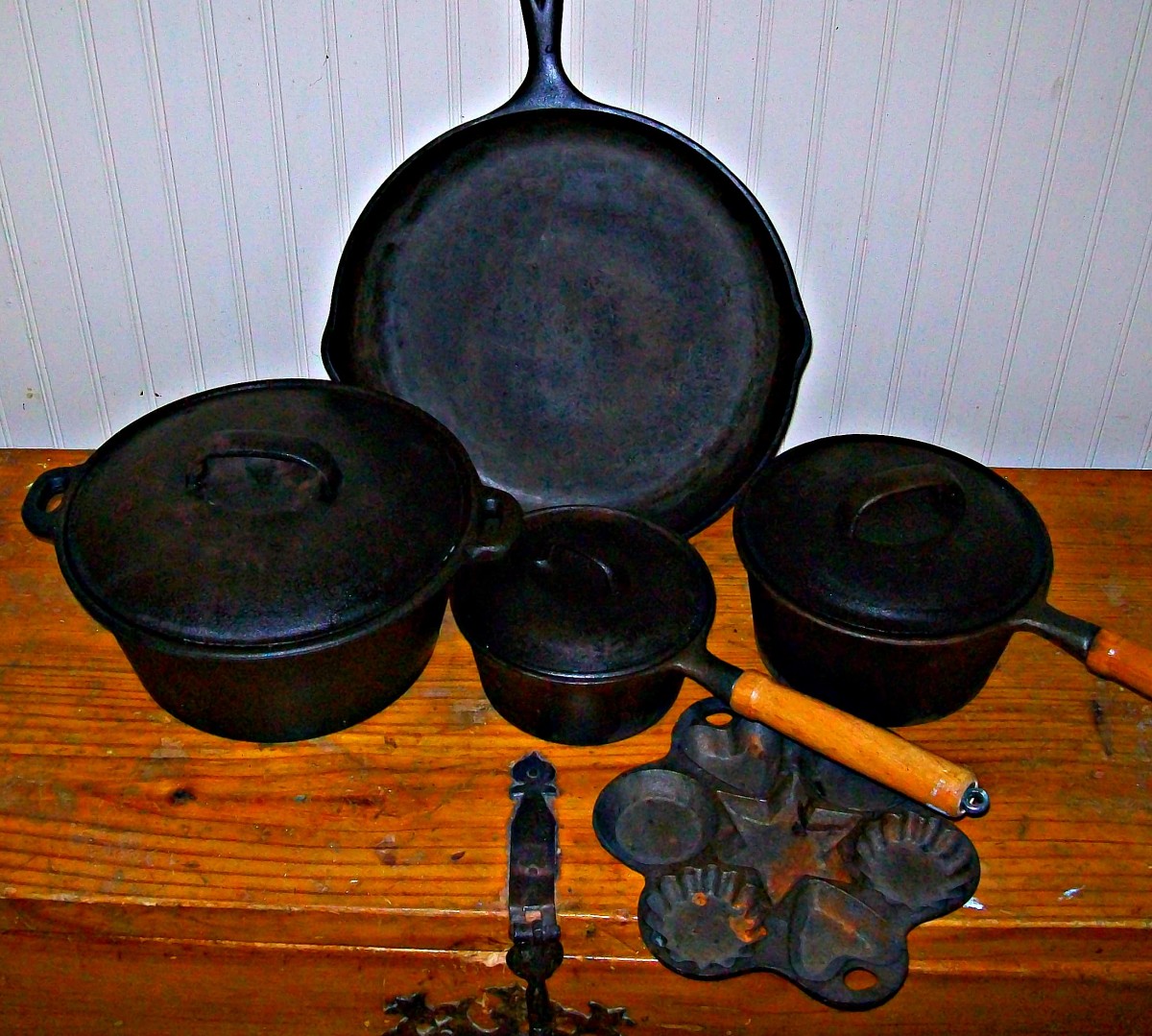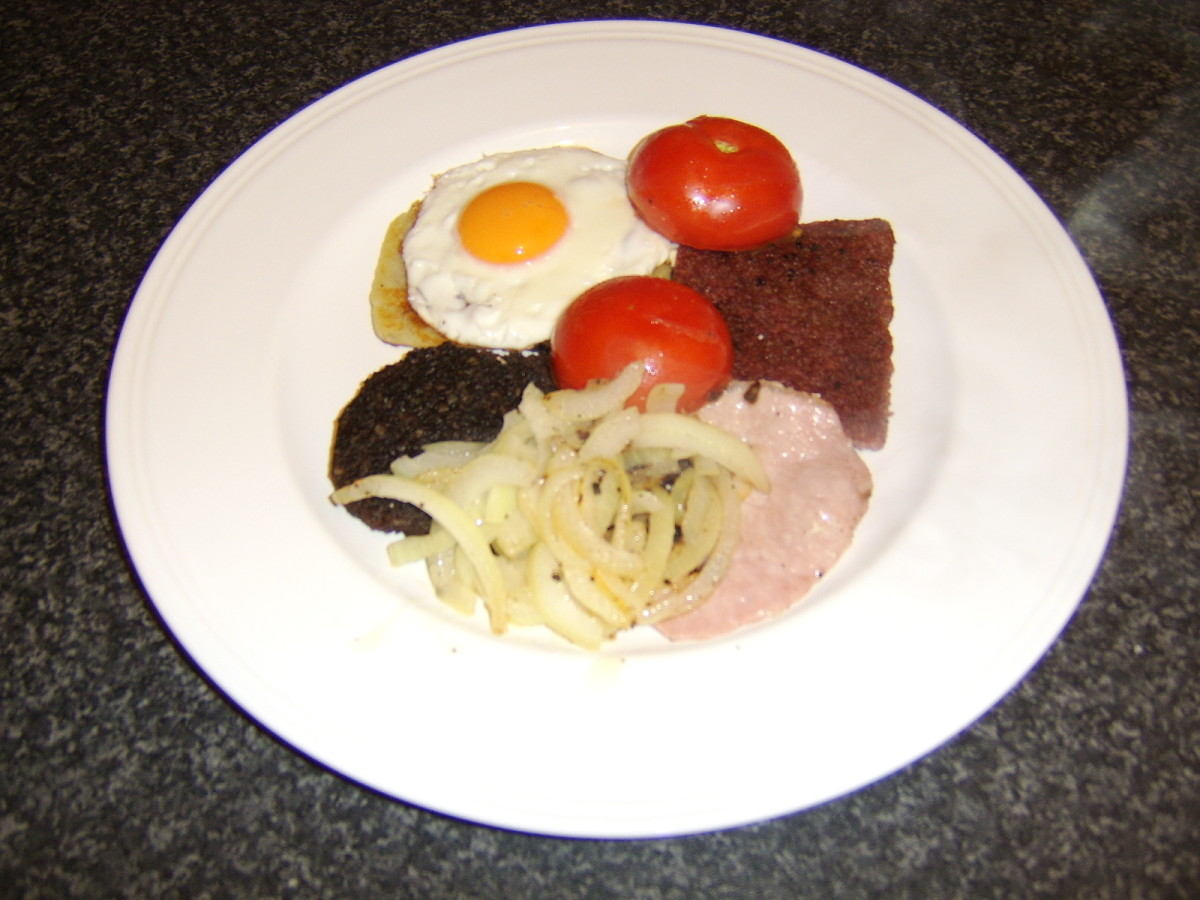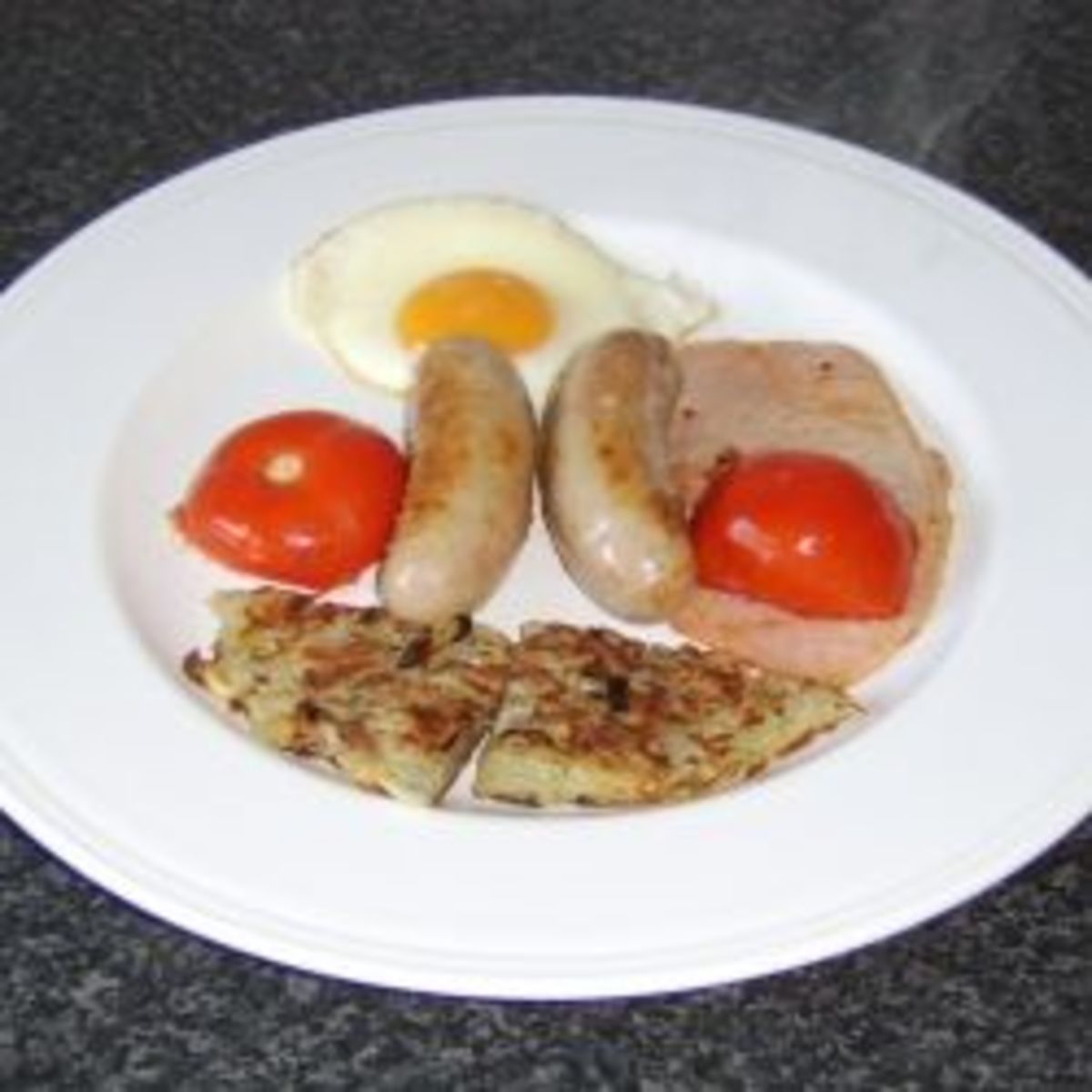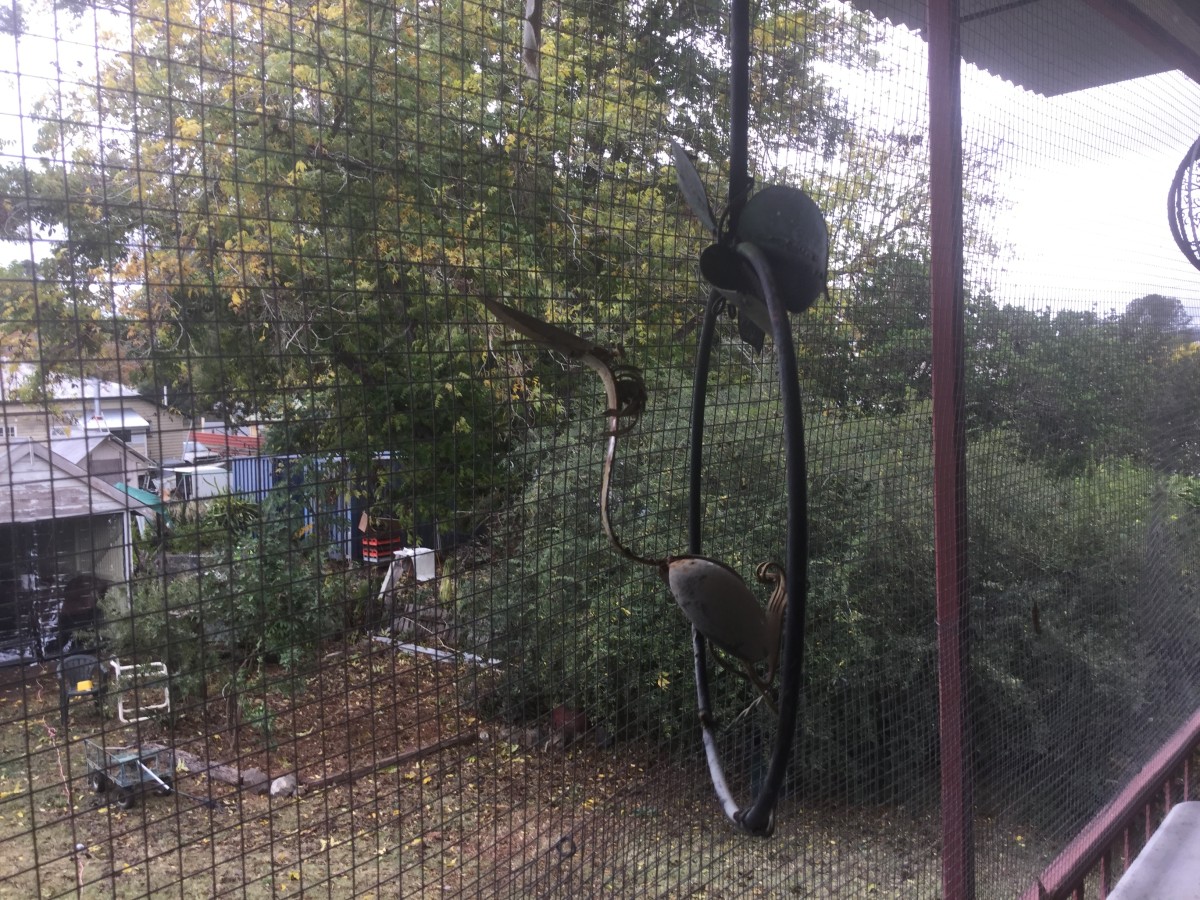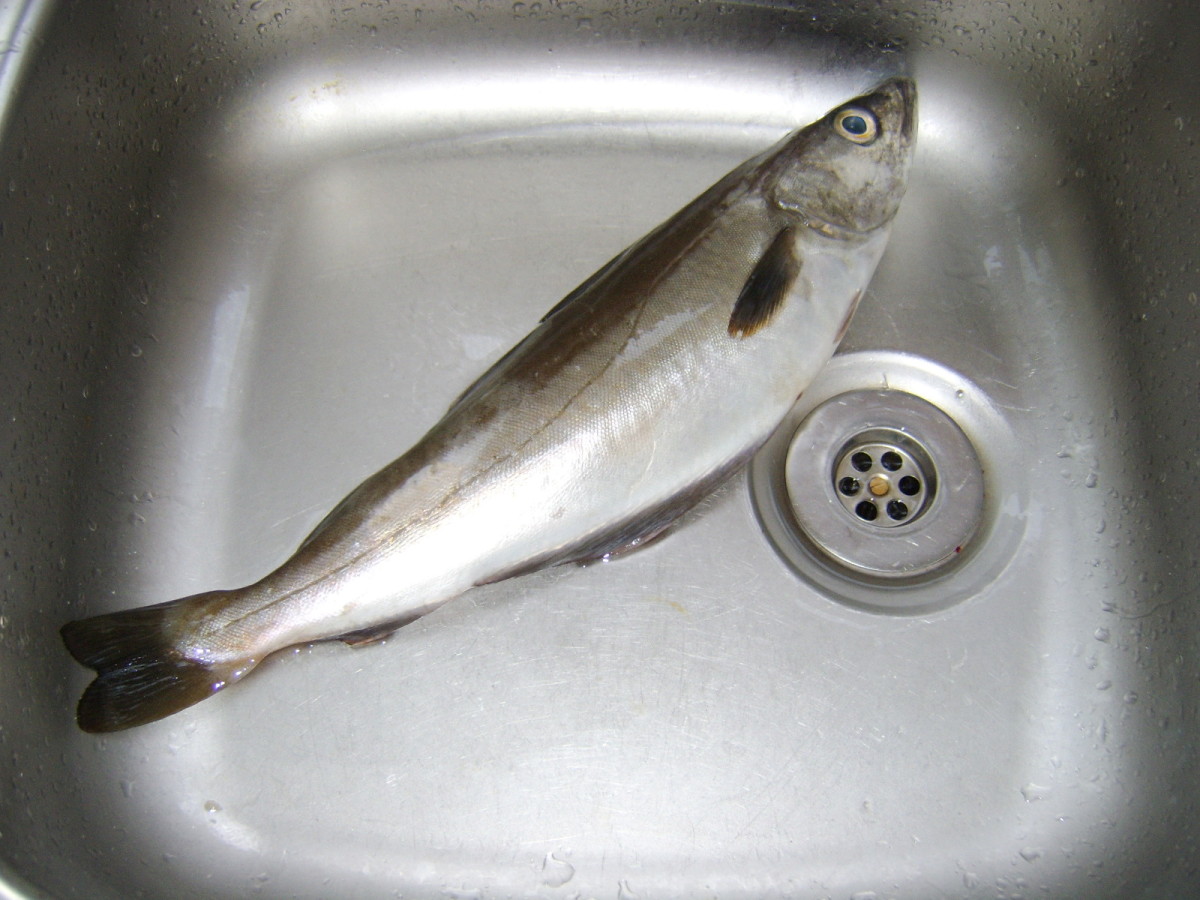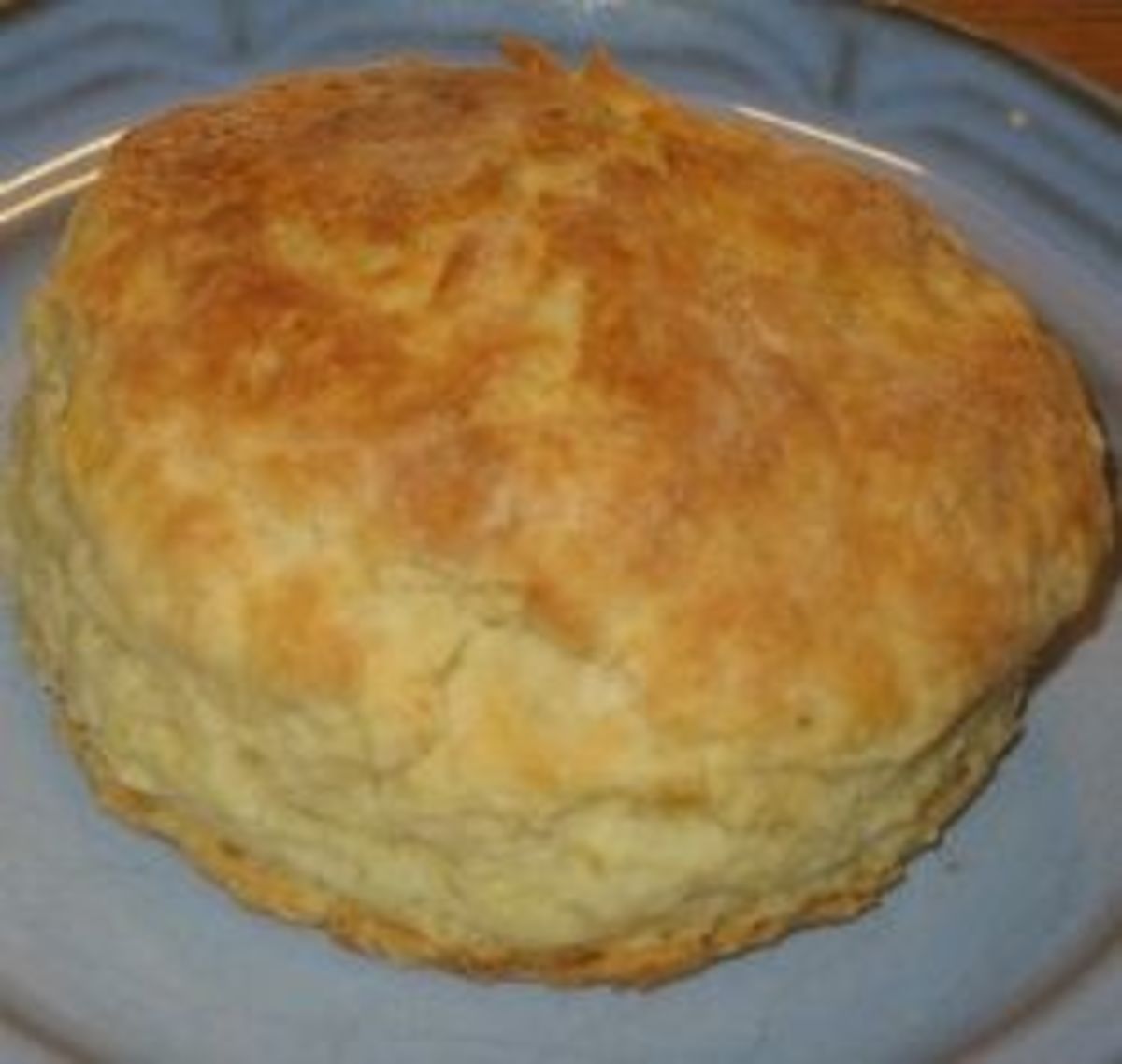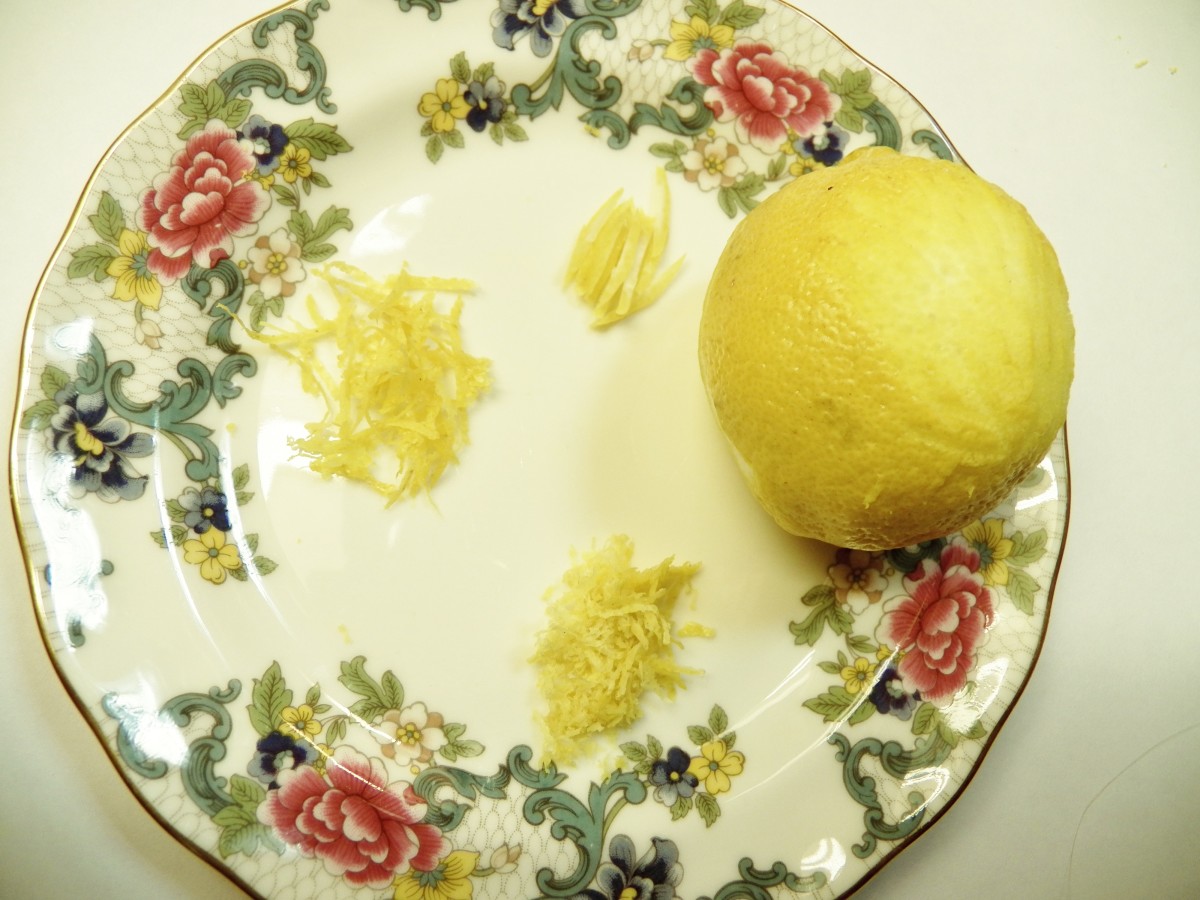How to Saute In a Frying Pan
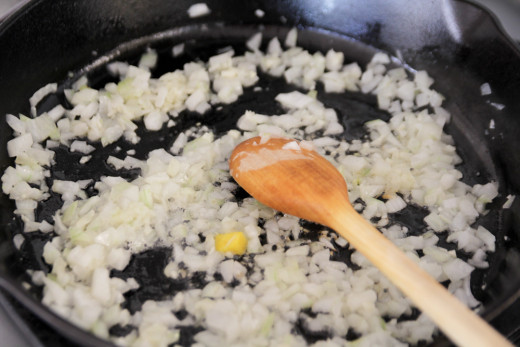
Does your recipe tell you to sauté but you're not sure what it means or how to properly do it? Sautéing is a method of cooking which uses a small amount of oil or fat in a shallow pan over a high heat.
Sautéing is often confused with pan frying, where larger pieces of food are cooked quickly and flipped onto both sides. Sautéing tends to use foods cut into smaller pieces or thin slices to get them cooked faster. Food that is sautéed is browned while still keeping its texture, moisture and flavor.
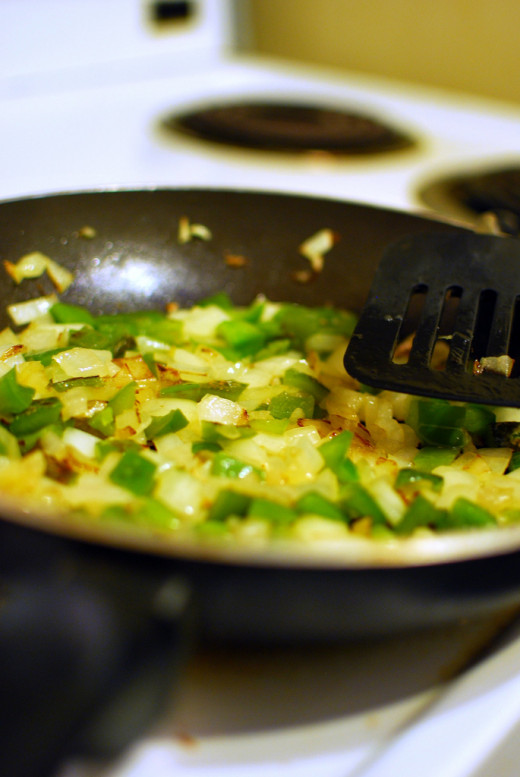
To sauté your food, just follow these easy steps
1. Get out your pan and heat on high for 1 minute
2. Add a small amount of fat or oil and let it come to heat
3. Add the food to the pan - don't overcrowd or overload the pan, if there is too much to make a single layer over the pan sauté, the food in batches
4. Keep moving the food in the pan to ensure it cooks evenly. If you're able to, "toss" the pan to flip the food in the pan and move it around.
5. Once the food has browned, continue on with your recipe or remove it from the pan and repeat the process for any remaining batches.
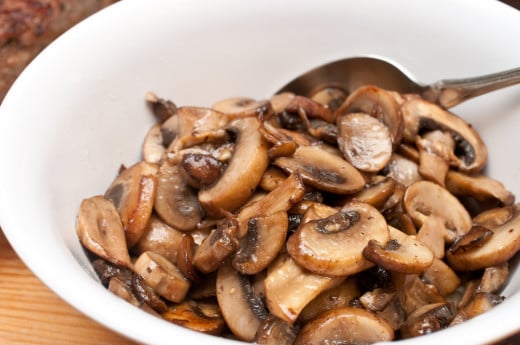
What fats or oils can be used when sauteing?
The most versatile oil for sauteing is a light flavored/neutral tasting oil such as canola, vegetable or safflower oil - these oils will work in almost all recipes. Mild to moderate tasting oils such as olive oil will work well also, except their flavor will impart upon the dish and you will need to watch the temperature as they have a lower smoking point.
Fats like butter also work, however, you need to be careful they aren't heated too much as they will burn. Butter is best used for foods that will cook fast at lower temperatures such as vegetables. Other animal fats such as lard and bacon fat will also work however they will impart their flavor into the food.
What kinds of foods can be sauteed?
Almost all foods can be sauteed as long as they are sliced thinly and are not too wet.If the food is too thick, the outside will burn before the inside is cooked and foods that are too wet will prevent the food from sauteing and cause it to steam instead.
If you want to saute wet foods, dry them first on paper towels as sauteing requires high enough heat to vaporize the water on the food to brown it.
Sautéing tips
Don't overcrowd the pan - the key to sautéing is to keep the pan hot the entire cooking process. There should only be a single layer of food in the pan with enough space around the pieces to avoid steaming or boiling the food.
The sauté toss - "tossing" the pan is used when sautéing food to keep the pan hot and cook the food evenly. If you're unable to do this, it is fine to move the food around in the pan with tongs or a spoon, ensuring that you flip it over so it can cook on all sides.
Use only a small amount of fat - only a very small amount of fat is needed for sautéing so that the food will not stick to the pan. If you add to much fat, the food in the pan will fry and you won't end up with your desired result.

